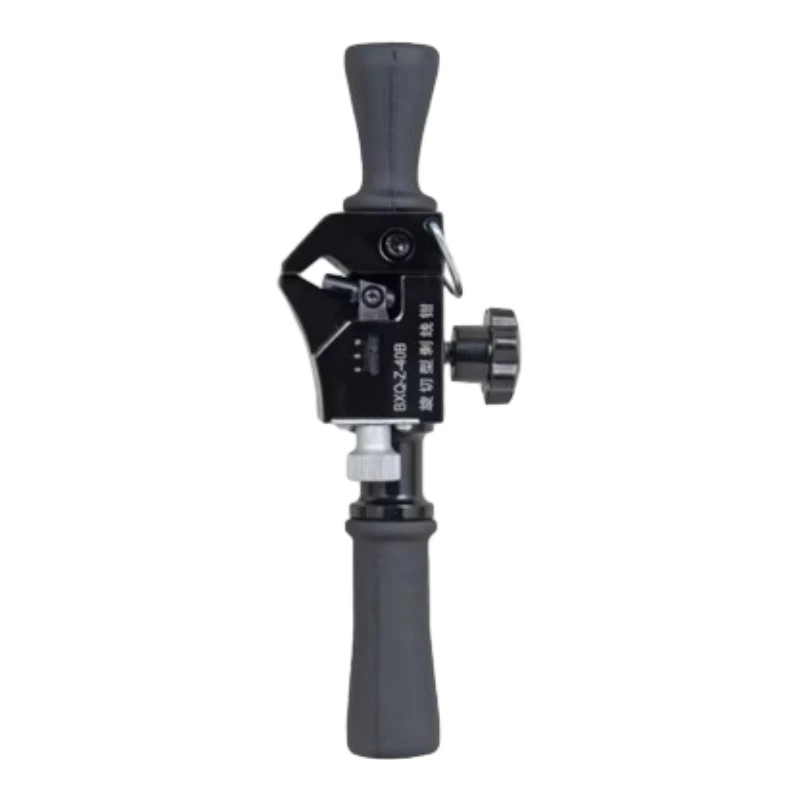
-
 Afrikaans
Afrikaans -
 Albanian
Albanian -
 Amharic
Amharic -
 Arabic
Arabic -
 Armenian
Armenian -
 Azerbaijani
Azerbaijani -
 Basque
Basque -
 Belarusian
Belarusian -
 Bengali
Bengali -
 Bosnian
Bosnian -
 Bulgarian
Bulgarian -
 Catalan
Catalan -
 Cebuano
Cebuano -
 Corsican
Corsican -
 Croatian
Croatian -
 Czech
Czech -
 Danish
Danish -
 Dutch
Dutch -
 English
English -
 Esperanto
Esperanto -
 Estonian
Estonian -
 Finnish
Finnish -
 French
French -
 Frisian
Frisian -
 Galician
Galician -
 Georgian
Georgian -
 German
German -
 Greek
Greek -
 Gujarati
Gujarati -
 Haitian Creole
Haitian Creole -
 hausa
hausa -
 hawaiian
hawaiian -
 Hebrew
Hebrew -
 Hindi
Hindi -
 Miao
Miao -
 Hungarian
Hungarian -
 Icelandic
Icelandic -
 igbo
igbo -
 Indonesian
Indonesian -
 irish
irish -
 Italian
Italian -
 Japanese
Japanese -
 Javanese
Javanese -
 Kannada
Kannada -
 kazakh
kazakh -
 Khmer
Khmer -
 Rwandese
Rwandese -
 Korean
Korean -
 Kurdish
Kurdish -
 Kyrgyz
Kyrgyz -
 Lao
Lao -
 Latin
Latin -
 Latvian
Latvian -
 Lithuanian
Lithuanian -
 Luxembourgish
Luxembourgish -
 Macedonian
Macedonian -
 Malgashi
Malgashi -
 Malay
Malay -
 Malayalam
Malayalam -
 Maltese
Maltese -
 Maori
Maori -
 Marathi
Marathi -
 Mongolian
Mongolian -
 Myanmar
Myanmar -
 Nepali
Nepali -
 Norwegian
Norwegian -
 Norwegian
Norwegian -
 Occitan
Occitan -
 Pashto
Pashto -
 Persian
Persian -
 Polish
Polish -
 Portuguese
Portuguese -
 Punjabi
Punjabi -
 Romanian
Romanian -
 Russian
Russian -
 Samoan
Samoan -
 Scottish Gaelic
Scottish Gaelic -
 Serbian
Serbian -
 Sesotho
Sesotho -
 Shona
Shona -
 Sindhi
Sindhi -
 Sinhala
Sinhala -
 Slovak
Slovak -
 Slovenian
Slovenian -
 Somali
Somali -
 Spanish
Spanish -
 Sundanese
Sundanese -
 Swahili
Swahili -
 Swedish
Swedish -
 Tagalog
Tagalog -
 Tajik
Tajik -
 Tamil
Tamil -
 Tatar
Tatar -
 Telugu
Telugu -
 Thai
Thai -
 Turkish
Turkish -
 Turkmen
Turkmen -
 Ukrainian
Ukrainian -
 Urdu
Urdu -
 Uighur
Uighur -
 Uzbek
Uzbek -
 Vietnamese
Vietnamese -
 Welsh
Welsh -
 Bantu
Bantu -
 Yiddish
Yiddish -
 Yoruba
Yoruba -
 Zulu
Zulu


dets. . 12, 2024 11:16 Back to list
ground rod bonding
Ground Rod Bonding Ensuring Electrical Safety and System Reliability
Ground rod bonding is a critical component of electrical systems, ensuring safety and reliability. It involves connecting the ground rods to various electrical systems, helping to prevent electrical shock and damage to equipment. In this article, we will explore the importance of grounding, the methods used for bonding ground rods, and best practices that should be followed.
Understanding Grounding
Grounding refers to the process of connecting electrical systems to the earth, which serves as a reference point for electrical potential. This connection helps to dissipate excess electrical charges during faults or surges, such as lightning strikes or power surges, thus protecting both human life and equipment. The ground rod is a metal stake driven into the ground, providing a direct pathway for electrical currents to flow into the earth in case of faults.
Importance of Ground Rod Bonding
1. Electrical Safety One of the primary purposes of bonding ground rods is to prevent electrical shocks. Without proper bonding, a fault condition could create a dangerous situation where exposed metal parts might become energized, leading to severe injuries or even fatalities.
2. Equipment Protection Ground rod bonding helps protect sensitive electronic equipment from voltage spikes. In a properly bonded system, excess voltage is directed to the ground, reducing the risk of damage to machinery and other electrical devices.
3. System Performance A well-bonded grounding system improves overall performance. It maintains a consistent ground reference, ensuring stability and reducing noise in electrical signals, which is particularly crucial for communication systems and sensitive electronic devices.
4. Compliance with Regulations Many building codes and electrical standards, such as the National Electrical Code (NEC) in the United States, mandate proper grounding and bonding procedures. Failure to comply can result in legal repercussions and safety hazards.
Methods for Ground Rod Bonding
1. Direct Connection The most straightforward method of bonding ground rods is to connect them directly to the ground conductors using appropriate connectors. This method ensures a low-resistance path for fault currents.
ground rod bonding

2. Grounding Electrode System For larger installations, integrating multiple ground rods into a grounding electrode system can enhance effectiveness. This system involves using multiple rods, plates, or other grounding methods interconnected to provide a stable ground reference.
3. Bonding Jumpers In some cases, bonding jumpers are used to connect the ground rod to the grounding system of the building. These jumpers facilitate low-resistance pathways, ensuring that fault currents can effectively flow to ground.
Best Practices for Ground Rod Bonding
1. Proper Material Selection Use materials that resist corrosion and ensure continuity over time. Copper and stainless steel are popular choices for bonding connections, offering longevity and reliability.
2. Consistent Testing Regular testing of ground resistance is essential. The resistance should typically be 25 ohms or less, but this value may vary based on local codes and specific application requirements.
3. Secure Connections Ensure that all connections are tight and secure. Loose connections can increase resistance and reduce the effectiveness of the grounding system.
4. Consider Environmental Factors The soil type, moisture content, and other environmental factors can affect the grounding system's performance. Choose an appropriate installation method based on these conditions.
5. Documentation and Maintenance Maintain thorough records of grounding system layout, installation details, and testing results. Routine inspections and maintenance are essential for ensuring long-term reliability.
Conclusion
Ground rod bonding is a vital practice for ensuring electrical safety and system reliability. By effectively connecting electrical systems to the earth, we can prevent electrical shocks, protect equipment, and comply with legal standards. With proper methods and best practices, electrical engineers and technicians can create robust grounding systems that provide both safety and efficiency. As technology continues to evolve, the importance of ground rod bonding will remain a cornerstone of electrical safety in residential, commercial, and industrial settings.
Latest news
duct-rodders-and-conduit-rod-tools
NewsAug.22,2025
ratchet-pullers-and-wire-tightening-tools
NewsAug.22,2025
chain-ratchet-pullers-and-hoist-solutions
NewsAug.22,2025
telescopic-hot-stick-for-electrical-and-high-voltage-use
NewsAug.22,2025
cable-clamp-and-insulated-cable-clamp-systems
NewsAug.22,2025
duct-rodder-conduit-rodder-and-cable-solutions
NewsAug.22,2025








